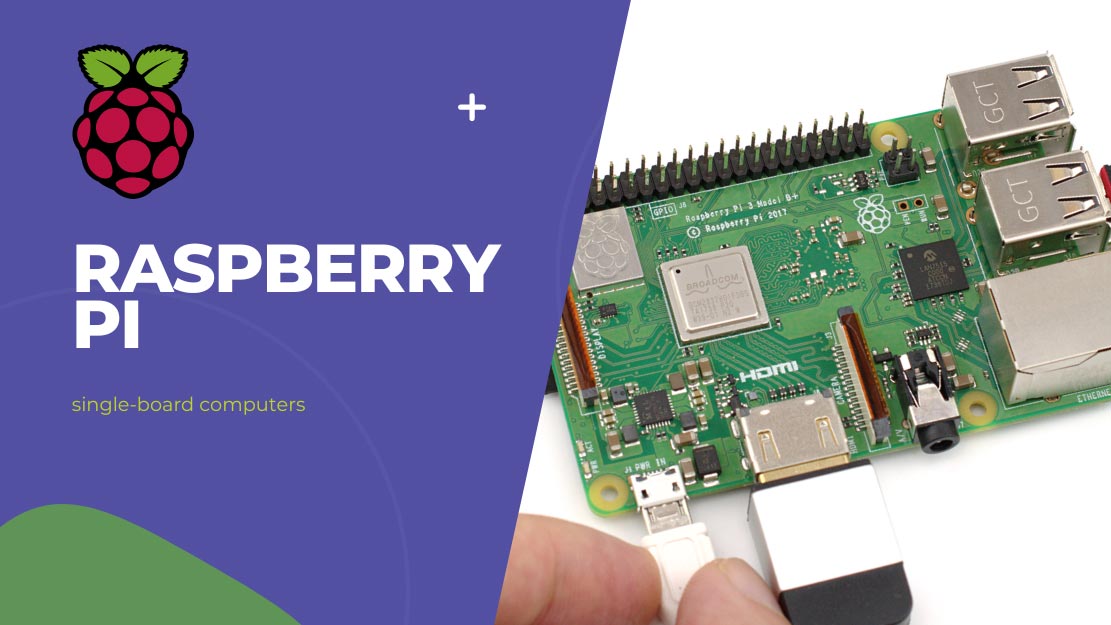
In single-board computers, one name stands out as a true pioneer and revolution
izer – the Raspberry Pi. Born out of a desire to inspire and educate people about computer science and technology, the Raspb
erry Pi has taken the world by storm, carving a significant place for itself in the fields of education, hobbyist tinkering, and even professional applications. This article takes
you on a fascinating journey through the history, evolution, development, and future prospects of the Raspberry Pi.
A Humble Beginning: Birth and Early Days
The Raspberry Pi project was initiated by the Raspberry Pi Foundation, a UK-based charity organization. The foundation’s primary objective was to create an affordable and accessible computer that would encourage learning and experimentation among students and enthusiasts. The brainchild of Eben Upton, Rob Mullins, Jack Lang, Alan Mycroft, and Pete Lomas, the Raspberry Pi was officially introduced in February 2012.
The original Raspberry Pi Model B featured a Broadcom BCM2835 system-on-chip (SoC), an ARM11 processor running at 700 MHz, 256MB of RAM, USB and Ethernet ports, HDMI output, and GPIO pins for hardware interfacing. It ran on a Linux-based operating system and was priced at a mere $35, making it an incredibly cost-effective tool for learning programming and experimenting with electronics.
Evolution and Iteration: Advancements and Model Variants
As the Raspberry Pi gained traction and popularity, subsequent models were released, each more powerful and feature-rich than its predecessor. The Raspberry Pi 2, launched in 2015, boasted a quad-core ARM Cortex-A7 processor and 1GB of RAM, opening up new possibilities for multitasking and more demanding applications.
The Raspberry Pi 3, released in 2016, brought built-in Wi-Fi and Bluetooth capabilities, eliminating the need for external adapters and enhancing the board’s wireless connectivity. The Raspberry Pi 4, introduced in 2019, marked a significant leap in performance with a quad-core Cortex-A72 processor, up to 8GB of RAM, USB 3.0 ports, dual micro-HDMI outputs supporting 4K displays, and improved power management.
Throughout its evolution, the Raspberry Pi maintained its commitment to affordability, accessibility, and a strong community ethos, fostering a culture of collaboration and open-source innovation.
Diverse Applications: From Education to Industry
The Raspberry Pi’s impact extended far beyond the realm of education and hobbyists. Its versatility and compact form factor made it a compelling choice for a wide range of applications, from home automation and robotics to digital art installations and retro gaming consoles. Its low cost and energy efficiency made it attractive for prototyping and proof of concept in various industries.
In education, the Raspberry Pi played a crucial role in introducing students to coding, electronics, and computer science concepts. Many programming enthusiasts and tinkerers honed their skills on the Raspberry Pi, paving the way for future innovation.
Looking Ahead: The Future of Raspberry Pi
As we peer into the future, the Raspberry Pi’s potential seems limitless. The Raspberry Pi Foundation continues to work on refining and expanding the platform, with a focus on enhancing performance, connectivity, and capabilities. One can expect further advancements in processing power, memory, and I/O options, empowering users to undertake increasingly sophisticated projects.
Moreover, the Raspberry Pi is likely to continue influencing education and inspiring the next generation of innovators. Its role in bridging the digital divide and making technology accessible to all remains as crucial as ever.
Conclusion
The journey of the Raspberry Pi from its humble beginnings to its current status as a global phenomenon is nothing short of remarkable. Its evolution has been a testament to the power of open-source collaboration, innovation, and the potential for a single device to transform how we learn, create, and interact with technology.
As we eagerly await the next chapter in the Raspberry Pi’s story, one thing is certain: its impact will continue to be felt across disciplines, industries, and communities, making it an enduring symbol of creativity, empowerment, and technological progress.